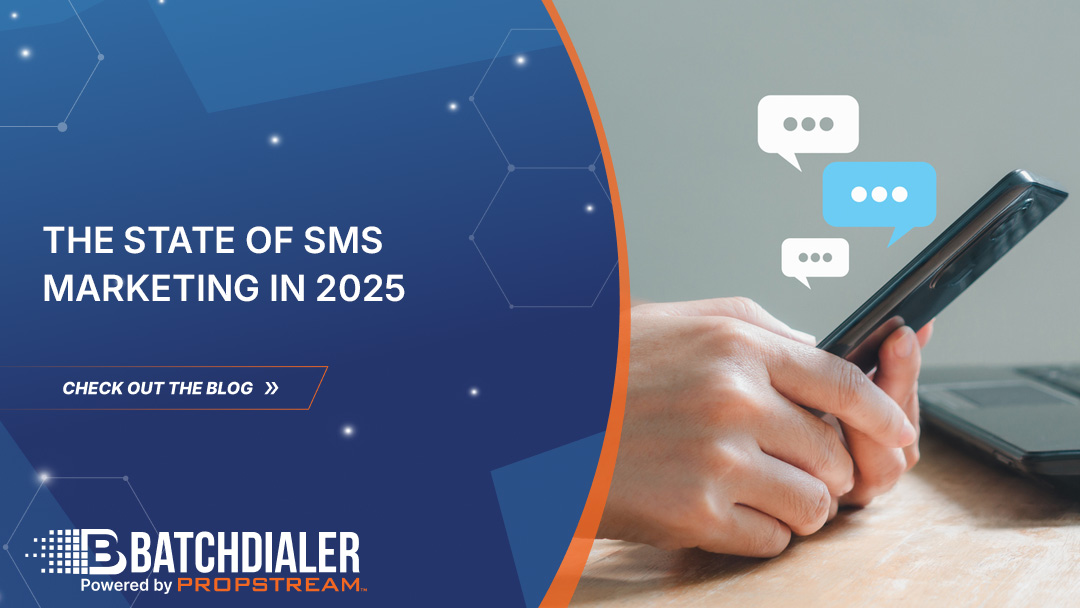Cold calling can be a challenging endeavor, and many professionals find their efforts frustrating due to low conversion rates. Understanding the underlying issues can help you unlock the potential for successful cold calling.
Cold Calling Conversion Rates
Realizing the importance of conversion rates in cold calling is like finding a roadmap to success. These rates tell you how many of your calls lead to a sale or a positive outcome. But why do they matter so much? Think of conversion rates as the compass guiding your sales journey. Without them, you’re simply wandering. Conversion rates show you what’s working and where you need improvement.
But how do you measure these rates, and what’s considered good? Key metrics include the number of calls made, the responses received, and, ultimately, successful conversions. Your goal is to optimize these numbers, aiming to turn more calls into conversions.
Your call center success depends on understanding these metrics. When conversion rates are low, it signals a need for better tactics. High rates mean you’re on the right path. Analyzing these numbers helps refine your approach, making each call more impactful. Cold calling may seem daunting, but understanding and tracking your conversion rates simplifies the challenge and unlocks greater potential in every call.
Common Mistakes in Cold Calling
Cold calling mistakes can sabotage your results. One common mistake is not doing enough research. If you don’t know who you’re calling, it’s tough to connect. Contacts want to feel valued, not like another number. A lack of research decreases credibility and trust. Statistics show that nearly 50% of unsuccessful cold calls result from poor preparation.
Another misstep is using weak scripts. A script should guide the conversation, not control it. If your script sounds robotic, you’ll lose the listener’s attention quickly. Personalize each interaction, focusing on the contact’s needs and potential solutions.
Timing is also critical. Call someone during a busy hour, and they won’t be receptive. Studies indicate that calling at the right time can increase your chances of success by up to 50%.
By avoiding these common mistakes, you can significantly improve your conversion rates. Remember, cold calling is an art that requires constant learning. For more insights on improving your technique, check out this guide on top cold calling mistakes and how to avoid them.
The Role of Technology in Cold Calling
Technology plays a game-changing role in cold calling. Sophisticated systems can greatly improve your results. One of the most powerful tools out there is the multi-line dialing system. This clever system allows you to make multiple calls at once, maximizing your efforts. By dialing several numbers simultaneously, you increase your chances of connecting with potential leads.
Then, there’s CRM integration. This organizes all your data in one place. It helps you tailor conversations and follow up more efficiently. It’s like having a personalized notebook that’s always updated.
Using technology like predictive dialing and call intelligence can address common cold calling issues. Predictive dialing saves time by automatically calling numbers when you finish speaking. Call intelligence helps understand the best times to call and improve your timing.
By using these tech tools effectively, you avoid wasting time on unanswered calls and reach more prospects. Technology isn’t just about making calls quicker. It’s about turning each call into a meaningful conversation, a step towards success.
Crafting the Perfect Cold Call Script
Every cold call begins with a script, but not all scripts are effective. Crafting the perfect cold call script requires a blend of art and science. A well-crafted script facilitates personalization, clear messaging, and overcoming objections. Personalization is key. Start the call using the prospect’s name. Mention something specific that connects you both, like mutual interests or needs. This helps establish a real connection.
Clear messaging follows. State your purpose concisely and focus on the value you bring. Avoid industry jargon and use simple words. Your script should answer, “What’s in it for them?” quickly and convincingly. For example, “Our solution can save you 20% annually on energy bills.”
Overcoming objections takes practice. Anticipate common objections and have ready responses. If someone says, “I need more time,” try, “I understand. Is there a better time we can connect?”
Using these approaches, along with advanced tools and strategies, can significantly boost your success. For more tips, consider how to improve lead conversion rates.
Training and Coaching for Better Performance
Training and coaching are like the backbone of any successful sales team. They help salespeople become better at cold calling. Learning the right techniques is key. You need to know how to quickly grab a prospect’s attention and clearly convey your message. Improving these skills requires practice. It’s like learning to play the guitar – the more you practice, the better you get.
A good sales team also needs ongoing coaching to enhance their skills. It’s like having a basketball coach. Coaches guide, monitor performance, and provide feedback. They teach new tactics and refine current skills. This constant mentoring keeps salespeople sharp and motivated.
Using built-in management tools can help sales managers track calls and monitor progress. They offer insights into what works and what doesn’t. These tools identify areas for improvement, allowing for targeted coaching.
With proper training and coaching, sales teams increase their chances of making successful cold calls. For more information on improving cold call success, you might find this article on increasing call center productivity helpful.
Analyzing Call Metrics for Improvement
Analyzing call metrics can turn a week of cold calls into a success story. First, it’s essential to understand why some calls work and others don’t. Focus on tracking a few key metrics: the number of calls made, the duration of each call, and the time to answer. These numbers tell you if you’re reaching enough people and if your conversations are engaging.
Listening to call recordings is another valuable tool. They reveal what customers hear when they pick up the phone, showcasing the strengths and weaknesses in your approach. A performance dashboard brings all these insights together, offering a real-time, birds-eye view of your sales efforts. Such dashboards help identify patterns that may not be obvious initially.
Using these tools effectively can refine your cold calling strategies and improve your conversion rates over time. If you’re interested in more tips on how to increase productivity in your call center, dive into additional resources to enhance your team’s performance. Remember, constant analysis and improvement are the keys to transforming “no” into “yes.”
Taking Action with BatchDialer
As you dive deeper into improving your cold calls, taking action is key. You’ve explored essential call metrics and strategies to enhance your approach. Now, it’s time to harness the right tools to propel your success further. Many solutions out there aim to streamline your calling efforts. They offer various features like performance dashboards and call recordings that enhance how you operate. However, with so many options available, you need one that stands out.
Here’s where a specialized tool comes into play. This solution tackles many of the hurdles you face. It offers answers without overwhelming you with complexities. Imagine a system that effortlessly integrates VoIP, dial infrastructure, and innovative cold calling techniques. With these features, you can focus on what truly matters: connecting genuinely with prospects. To truly feel its impact, consider testing it out. A free trial provides firsthand experience of its potential.
By giving this a try, you’ll witness how much your call conversions can transform. Take the first step and discover how enhancing your strategies can lead to remarkable outcomes.
Wrap Up
Improving cold call conversion rates requires a deep understanding of common pitfalls and employing effective tools like BatchDialer. By optimizing your approach, you can achieve greater success.
People Also Ask
1.What is a good conversion rate for cold calling?
A good cold calling conversion rate typically ranges between 1% to 5%, depending on the industry and quality of leads. However, high-performing teams using tools like BatchDialer with features such as smart local presence and predictive dialing often see rates above this range. Tracking metrics like response rate, call-to-conversion ratio, and average talk time helps benchmark and improve performance.
2,Why do most cold calling campaigns fail?
Cold calling campaigns often fail due to poor preparation, robotic scripts, bad timing, and lack of personalization. Calling during non-optimal hours, reading from non-adaptive scripts, and not researching the contact can drastically reduce your connection and conversion rates. Adopting smarter technology and better coaching significantly reduces these issues.
3.How does technology improve cold calling success?
Modern cold calling tools like multi-line dialers, CRM integration, and predictive dialing systems automate and optimize outreach. These technologies increase contact rates, shorten idle time, and provide data-driven insights. For instance, BatchDialer’s smart local presence improves answer rates by displaying local area codes to leads, making each call more likely to connect.
4. What makes an effective cold calling script?
An effective cold calling script is personalized, concise, value-driven, and objection-ready. Start with the prospect’s name and a relatable hook, quickly communicate the value you bring, and be ready to handle common objections. The goal is to sound human and not like a teleprompter while guiding the conversation naturally.
5. How can you measure and improve call center performance?
Call center performance can be measured by key metrics such as call volume, talk time, answer rates, conversion rates, and call recordings. Tools like BatchDialer provide real-time dashboards and performance analytics, helping managers identify trends, coach agents, and fine-tune campaigns to increase conversions.




